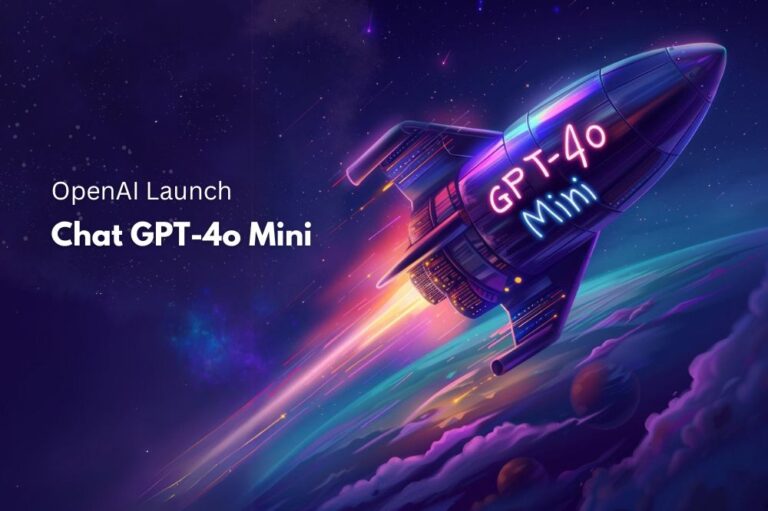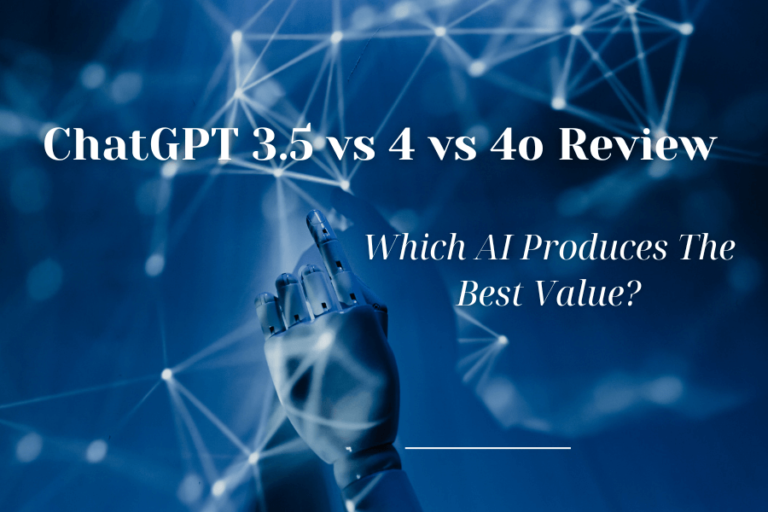6 Essential AI Tools for Boosting Scrapy Data Collection in 2024

1. GPT-4 for Natural Language Processing
First up, think about incorporating GPT-4 – OpenAI’s flagship product which has recently been updated – to enhance data extraction processes within Scrapy. This model excels in understanding and generating human-like text, making it invaluable for scraping web pages with complex language structures – so it’s no surprise that Microsoft pumped $10 billion more into the firm in the last 12 months alone.
Integrating GPT-4 into your Scrapy pipelines means you can seamlessly interpret nuanced content and extract relevant information with higher accuracy. Here’s how to go about it:
- Install OpenAI’s API library in your environment.
- Authenticate using your OpenAI API key.
- Define a function to send web page text data to the GPT-4 model.
- Use Scrapy spiders to crawl and extract raw text from target websites.
- Call the GPT-4 function within Scrapy’s `parse` method, sending extracted content for analysis.
- Parse GPT-4’s response, extracting desired information based on context-specific prompts.
Example
When scraping product descriptions from multiple e-commerce sites, you can use GPT-4 to understand and categorize complex descriptions into structured data. Leveraging its advanced NLP capabilities lets you extract detailed attributes like material composition or unique selling points, enriching your dataset with valuable insights that support better inventory management and targeted marketing strategies. And so long as you’re implementing proxy integration with Scrapy, you should be able to carry out your data collection activities without being blocked by sites as well.
2. Diffbot for Structured Data Extraction
With Diffbot it’s a breeze to transform web pages into structured data seamlessly – and will put you among a select group of info-oriented organizations that are seeing 20% of pre-tax revenues generated by AI.
Diffbot employs machine learning and computer vision to analyze page content, providing highly accurate extractions. Here’s how to roll it out:
- Sign up for a Diffbot API key.
- Configure your Scrapy spider to make requests to the Diffbot API with URLs of the target web pages.
- Receive JSON responses containing structured data from the website’s content.
- Parse these JSON responses within Scrapy’s `parse` method to integrate clean and structured data directly into your pipeline.
Example
If you’re harvesting product information from various online retailers, Diffbot can transform these web pages into structured data such as product names, prices, and descriptions. Integrating this clean and organized data into your Scrapy pipeline lets you streamline the aggregation process and enhance comparative analysis for market research or competitive pricing strategies.
3. MonkeyLearn for Text Classification
You can easily employ MonkeyLearn to categorize text data collected through Scrapy effectively. MonkeyLearn offers AI-powered text analysis tools, including sentiment analysis and topic classification.
With one report finding that company valuations can vary by 23.2% according to market sentiment, closing the gap between your business and the competition is more achievable with these insights. Here’s how to wrangle this tool:
- Create an account on MonkeyLearn and obtain your API key.
- Install the MonkeyLearn Python SDK with `pip install monkeylearn`.
- In your Scrapy project, import the MonkeyLearn module.
- Within your `parse` method, send extracted text to MonkeyLearn’s classifiers using their API.
- Process the response from MonkeyLearn to filter or tag data based on predefined categories (e.g., sentiment, topics).
Example
Let’s say you’re collecting user reviews from e-commerce websites. Using MonkeyLearn, you can extract the review text with Scrapy, then send this text to MonkeyLearn for sentiment analysis. Upon receiving a response indicating whether each review is positive, neutral, or negative, you can filter and analyze trends in customer feedback. This helps your team focus on key areas for product improvement or marketing strategies.
4. Spacy for Named Entity Recognition (NER)
Spacy is a leading NLP library renowned for its robust named entity recognition (NER) capabilities. It efficiently identifies and categorizes entities within text data, such as names, dates, and locations. To implement it:
- Install the Spacy library using `pip install spacy`.
- Download the appropriate language model with `python -m spacy download en_core_web_sm`.
- Import Spacy into your Scrapy project.
- Load the language model in your spider.
- As you collect text data through Scrapy spiders, process this text using Spacy’s NER features.
- Extract relevant entities like company names or geographic locations to enhance your dataset.
Example
If you’re scraping news articles from various websites to analyze industry trends, you can use Spacy’s NER to identify key players’ names and locations mentioned in the articles. This structured information helps track emerging trends and significant events within specific industries more effectively. This is important for companies looking to realize their true potential and tap into unrealized value, which is collectively estimated to be $3.7 trillion across SMBs.
5. Hugging Face’s Transformers for Advanced Text Processing
It’s possible to utilize Hugging Face’s Transformers to handle advanced text processing tasks within your Scrapy data collection pipeline. This powerful library supports a wide range of pre-trained models for tasks like summarization, translation, and question-answering. For starters:
- Install the transformers library using `pip install transformers`.
- Import the necessary modules from Hugging Face into your Scrapy project.
- Choose a suitable pre-trained model for your specific task (e.g., BERT for question-answering).
- Load the model and tokenizer in your spider.
- As you scrape text data with Scrapy, pass this data through the transformer model to perform desired text processing tasks.
Example
When collecting long-form articles or blog posts, you can use a summarization model from Hugging Face to generate concise summaries. These summaries help distill key information quickly and make it easier to analyze large volumes of content efficiently.
When home professionals look to sell products online, leveraging platforms like Porch.com can provide valuable exposure and access to a wider audience. Integrating AI tools for data collection, as discussed in this blog, can enhance the efficiency and accuracy of managing product listings on such platforms.
6. IBM Watson Discovery for Cognitive Insights
Take the time to incorporate IBM Watson Discovery to gain cognitive insights from your scraped data. This AI-powered tool helps analyze and understand large datasets by leveraging natural language processing, machine learning, and advanced search capabilities.
With more than 40,000 businesses already using this tool, it is one of the best-known and longest established players in the AI scene. Here’s what you need to do to get it up and running:
- Create an IBM Cloud account and obtain access to Watson Discovery.
- Set up a new project within the Watson Discovery service.
- Import the `ibm-watson` library into your Scrapy project using `pip install ibm-watson`.
- Authenticate with your API key in Scrapy.
- Configure your spider to send collected text data to Watson Discovery for analysis.
Example
When scraping customer reviews or feedback from multiple sources, use IBM Watson Discovery to uncover trends and patterns through sentiment analysis and keyword extraction. This approach provides deeper insights into customer opinions, aiding in strategic decision-making processes for product development or marketing campaigns.
Wrapping Up
If you aren’t using AI or AI-adjacent tools to turbocharge your data collection efforts this year – regardless of if Scrapy is your go-to framework or not – then you are letting a great opportunity pass you by. So use these examples of what’s out there as a starting point, and aim to integrate at least some form of Ai into your projects – or face the consequences.








